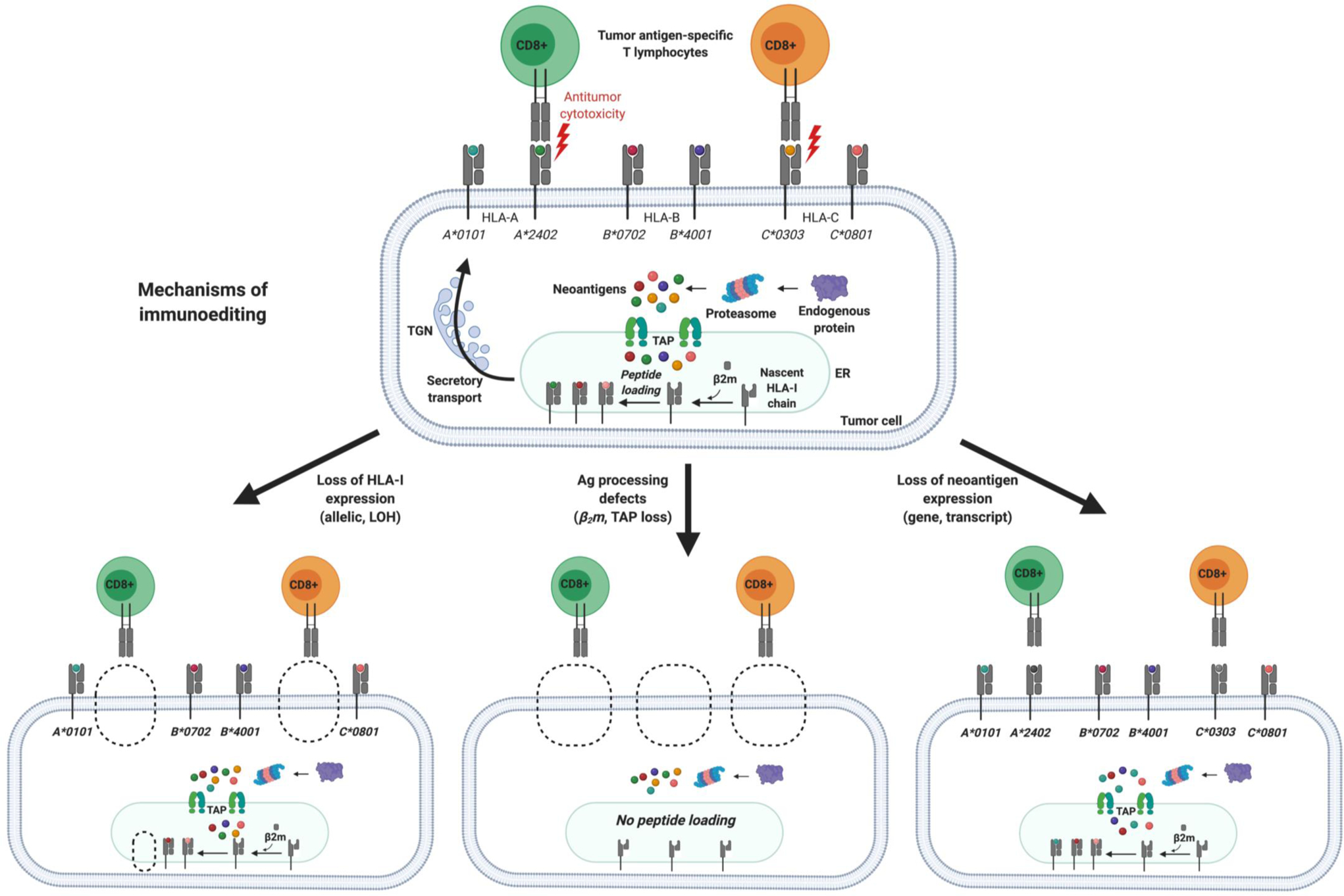Figure 5. Multiple mechanisms of immunoediting can lead to the loss of tumor cell recognition by antigen-specific T-cells.

Seminal studies established the conceptual framework of cancer immunoediting wherein tumors evade immune recognition through selection for clones with decreased immunogenicity (20). Immunoediting may act upon several substrates, including tumor neoantigens, MHC molecules, and the T-cell receptor (TCR) repertoire. Clonal selection during tumorigenesis favors an oligoclonal TCR repertoire, loss of heterozygosity at the HLA locus, discrete oncogenic signaling pathways involved in immune evasion, and loss of immunogenic neoantigens. Several other tumor-extrinsic factors further define the immunogenicity of tumors and determine the cancer-immune set point, including immune suppression in the tumor microenvironment, impaired T-cell priming, and stromal barriers that block T-cell trafficking. These processes represent key barriers that must be overcome by immunotherapy to effectuate durable antitumor immunity. TGN, Trans-Golgi Network; TAP, transporter associated with antigen processing; ER, endoplasmic reticulum; β2m, beta-2 microglobulin; LOH, loss of heterozygosity.
